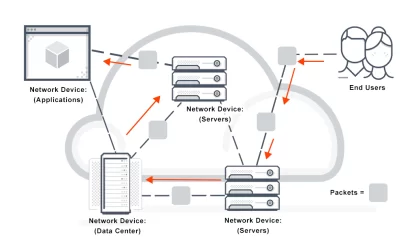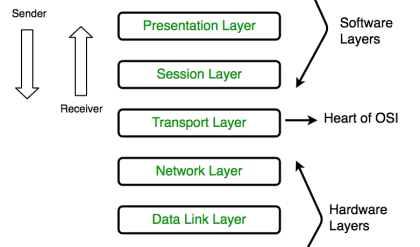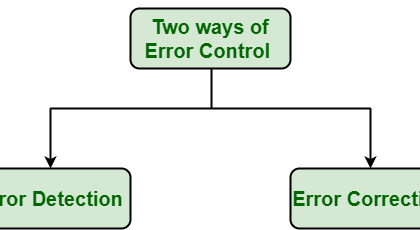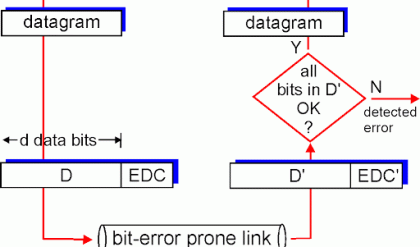This model of a simple telegraph circuit consists of a copper wire loop with a buzzer inserted at the distant end where the wire pair loops around. At the near end, which we may call the transmitting end, there is an electrical switch, which we will call a key. The key consists of two electrical contacts, which, when pressed together, make contact, thereby closing the circuit and permitting current to flow. The key is spring-loaded, which keeps it normally in the open position (no current flow).
To convey intelligence, the written word, a code was developed by Morse, consisting of three elements: a dot, where the key was held down for a very short period of time; a dash, where the key was held down for a longer period of time; and a space, where the key was left in the “up” position and no current flowed. By adjusting the period of time of spaces, the receiving operator could discern the separation of characters (A, B, C,…, Z) and separation of words, where the space interval was longer. Table 2.1 shows the landline and international versions of the Morse code. By land-line, we mean a code used to communicate over land by means of wire conductors. The international Morse code was developed somewhat later and was used by radio.

A more practical telegraph system is illustrated in Figure 2.3. Note that the figure has just one metallic wire connecting the west station to the east station. The second wire is replaced with ground. The earth is a good conductor, and so we use earth, called ground, as the second conductor (or wire). Such a telegraph system is called single-wire ground return. Such a system was widely in use when my wife and I did a stint for the ITU (International Telecommunication Union) in Ecuador in 1967–1969.
This is a similar circuit as shown in Figure 2.2. In this case, when both keys are closed, a DC (direct current) circuit is traced from a battery in the west station through the key and relay at that point to the line wire, and from there it is traced through the relay and key at the east station and back through the earth (ground) to the battery. The relays at each end, in turn, control the local circuits, which include a separate battery and a sounder (e.g., buzzer or other electric sounding device). Opening and closing the key at one end, while the key at the other end is closed, causes both sounders to operate accordingly.
A relay is a switch that is controlled electrically. It consists of (a) wire wrapped around an iron core and (b) a hinged metal strip, which is normally open. When current flows through the windings (i.e., the wire wrapped around the core), a magnetic field is set up, thereby drawing the hinged metal strip into a closed position and causing current to flow in the secondary circuit. It is a simple open-and-closed device such that when current flows there is a contact closure (the metal strip) and when there is no current through the windings, the circuit is open. Of course there is a spring on the metal strip, holding it open except when current flows.
Twenty years after Morse first demonstrated his telegraph on a Baltimore–Washington route, telegraph covered the country from coast to coast. It caused a revolution in communications. Its use is still prevalent in many parts of the world, as I discussed above.






Comments are closed.